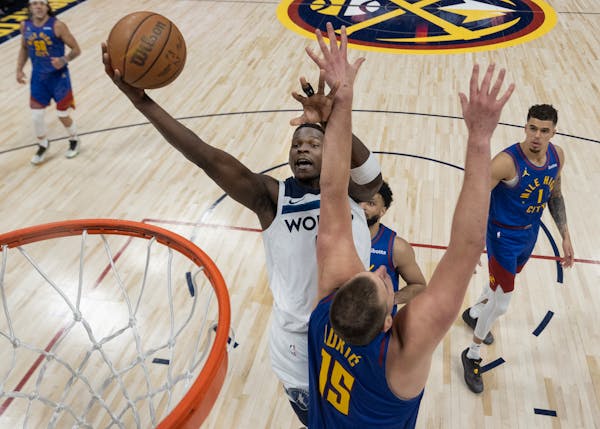Now that it's Christmas Day, some of you will probably be looking for a flat-panel TV or a Blu-ray player under the tree.
But it hasn't been so many years since Santa was filling orders for VCRs and Sega Genesis video-game systems.
I was reminded of how much entertainment technology has changed when my editor dropped a copy of Consumer Reports' 1998 Home Entertainment Buying Guide on my desk. She had unearthed it from her basement (insert joke about journalists' organizational skills here) and figured I'd get as many chuckles out of it as she did.
It's probably a sign of advancing age that 12 years doesn't seem that long ago to me, so it's amusing and a little surprising to see how far our home entertainment options have come in that time.
In 1998, Netflix was still figuring out how to offer videos by mail. Amazon.com was where you bought books. If you wanted to record a TV show, you set your VCR. If you wanted to own music, you drove to a store to buy a cassette or a CD.
The late-'90s state of the art is represented on the guide's cover by a boxy Panasonic TV hooked up to a pair of speakers about as tall as the TV set, all bathed in dramatic red, green, purple and yellow lighting. Funny, I was a homeowner in 1998; I don't recall disco lighting being a home-decor trend.
The guide was already warning of the end of analog TV and predicting that the digital video disc player -- too new to be universally abbreviated DVD -- might eventually supplant the VCR and the CD player.
A 32-inch TV set was selling for $600 to $1,500; a basic camcorder for about $500. Cassette decks and personal CD players were still desirable items, and VCRs could be had for about $150 to $250 -- or more, if they had features such as VCR Plus+. (If you paid a premium for that add-on in 1998, I'm sorry.)
"Myst" and "SimCity 2000" were hot computer games. Nintendo 64 was the latest word in video-game systems, offering "dazzling realism and smooth, three dimensional effects."
At the time, high-definition TV was still on the horizon. HDTVs were predicted to cost $6,000 to $10,000, numbers that ought to warm the hearts of Black Friday shoppers who snagged TVs a few weeks ago for a few hundred bucks.
Laserdisc players were still around, although few people were buying them. DVD players, on the other hand, were a luxury. Consumer Reports tested the first three on the market, which were selling for $600 to $750. For that you got chapter searching and a choice of screen formats (wow!) but the ability to watch only the few movies that were out on DVD at the time.
So here we are in 2010. DVD players are discount-store bargains, being pushed aside by newer Blu-ray technology. Movies are downloaded to our TVs and phones, old friends are as close as our Facebook pages and a collection of music that used to fill a bookshelf now fits in a gadget smaller than your palm.
And disco lighting, thank goodness, is not in style.

Drone footage shows Ukrainian village battered to ruins as residents flee Russian advance
In heated western Minn. GOP congressional primary, outsiders challenging incumbent

Minnesota Sports Hall of Fame: A class-by-class list of all members

